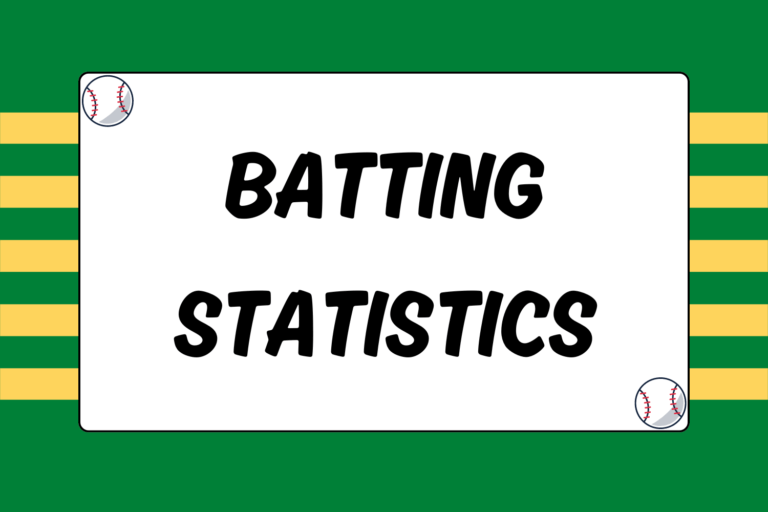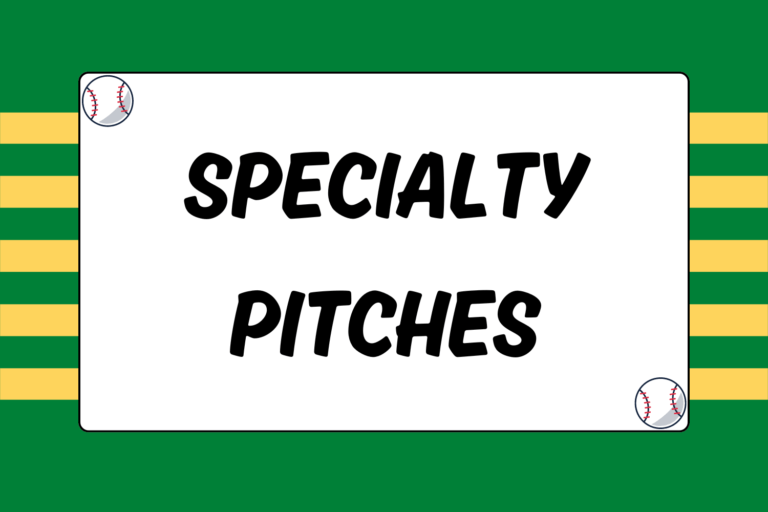Proper fundamentals are absolutely vital in baseball, and there’s no skill more fundamental to the game than catching. Watch any baseball game and you’ll see that every play involves someone catching the ball. Luckily, it’s a fairly easy technique to learn. In fact, catching the ball is as simple as holding your glove in the right spot, and squeezing it shut when the ball gets there. But as with everything in baseball, there’s a right way and a wrong way to do it. Learn the proper fundamentals for catching the ball, and it will allow you to develop more advanced skills down the road.
Get the Right Glove
Your glove is the most important piece of equipment, and it almost becomes an extension of your hand when you catch the ball. Your glove needs to be comfortable, and it must fit correctly. If your mitt’s too big or too small, you’ll have a tougher time securing the ball, so don’t make it any more difficult for yourself.
Gloves are measured by length — in inches — from the tip of the fingers, down through the pocket, all the way to the heel. As a general rule of thumb, young ballplayers (under age 12) should look for a glove in the 10- to 11-inch range. Older players (age 13 and up) will usually want something between 11 and 12.5 inches.
It’s also important to make sure your glove is properly broken in. Perhaps ironically, playing catch is the best way to break in a new glove. But when you’re still learning the basics of catching, it would be ideal to use a glove that’s not brand new. Make sure the leather is broken in enough that you can open and close the glove easily. Remember, if you can’t squeeze your glove shut, it’ll be tough to secure the ball.
Body Position
You should be in an athletic position when you’re preparing to receive the ball. Here are a few important points to keep in mind:
- Stand directly facing your partner with your shoulders squared towards him in order to present an easy target.
- Spread your feet about shoulder-width apart and bend your knees slightly.
- Make sure your weight is on the balls of your feet; you want to avoid standing flat-footed so you can react quickly to the throw.
Glove Position
Hold your glove out in front of you with your palm facing outward to present a target to your partner. The direction of the throw determines how you catch the ball. If the ball’s above your belly button, you can catch it with your glove in the same position you started — that is, your fingers are pointed upwards and your palm’s facing your target.
You’ll have to adjust, however, for a throw below your belly button. If you try to catch a low throw with your fingers pointed up, you’ll likely get “handcuffed” and end up dropping the ball. Instead, turn your wrist over so that your fingers are pointed down. In this position, the glove’s essentially upside down, with the pocket at the bottom, but it nonetheless presents a much larger opening for a low-thrown ball to enter.
Hot Tip: Move Your Feet
Get in the habit of moving your feet so that you always catch the ball in front of you. If your partner’s throw is offline, quickly shuffle your feet in order to receive the ball with your glove in front of your chest. There may come a time when you feel comfortable enough to reach out and snag a wayward throw without moving to the side. But you always want to keep the baseball in front of you during a game, so develop good habits right away!
Watch the Ball All the Way
“Keep your eye on the ball” is one of the most commonly used phrases among youth baseball coaches. This is good advice for pretty much any aspect of the game — and catching is no exception. There’s another famous adage: “You can’t catch what you can’t see.” The point is that the most important part of catching the ball is watching the ball, and specifically, tracking its flight path.
Try to pick up the baseball out of your partner’s throwing hand as soon as possible. Pay attention to the speed and trajectory, and don’t take your eyes off the ball until it hits your glove. A common mistake that beginners make is to assume the catch and take their eyes off it a split-second too early, only to have the ball glance off the side of their glove. Watch the ball all the way in, and you’re sure to limit your mistakes.
Use Two Hands
Finally, when the ball gets to you, catch it in the pocket and close your glove to secure the ball. When you’re first learning to catch, it’s a good idea to get in the habit of catching the ball with two hands.
There are many instances during games when it’s appropriate to use two hands, so it’s a good skill to learn in itself. However, until catching the ball feels easy and natural, using two hands will also help you avoid drops.
Catching is a skill that anyone can learn — all you need is a ball, a broken-in glove, and a little bit of hand-eye coordination. Focus on using proper fundamentals from the beginning, and soon making a catch will become second-nature. Before you know it, you’ll be snagging baseballs all over the diamond!





